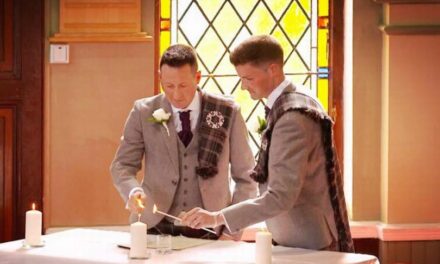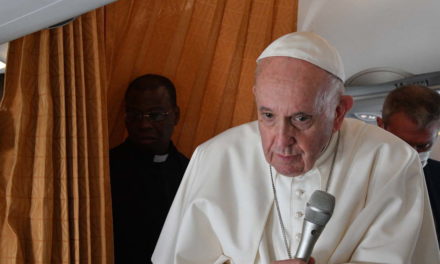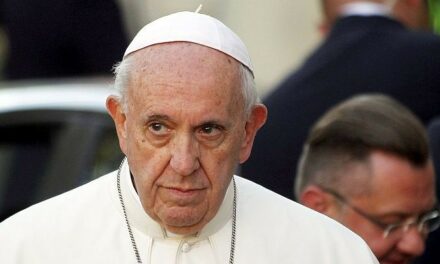On June 29, the feast of Saints Peter and Paul, we remember the founders of the Roman Church. According to tradition, they were both executed on June 29, 67 CE, in Rome. Peter was crucified upside down at his own request because he did not consider himself worthy to die like Jesus Christ. And Paul was beheaded, since as a Roman citizen this was the honorable way of death.
During the persecutions, the relics of both of them were taken refuge in the catacombs of Saint Sebastian. St. Peter's Basilica in the Vatican and St. Paul's Basilica outside the walls were built over the tombs of the two apostles.
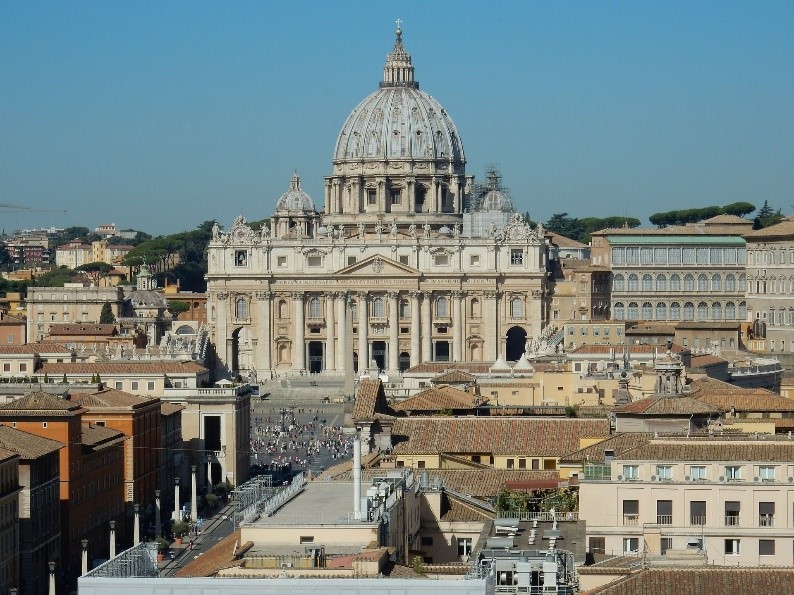
Source: sándár.hu
The first church on the site of St. Peter's Basilica was built between 326 and 350 by Emperor Constantine I (the Great) and his son II. Constantius raised it above the tomb of St. Peter as a sign of the victory of Christianity. Today's cathedral was built between 1506 and 1626.
Saint Peter , one of the twelve apostles, was the first bishop of Rome.
Peter's historical task of salvation began in the Holy Land, in Jerusalem, the holy city, the place of the death of his Lord and Master. But his assignment led him out of here, all the way to the capital of the world empire at that time, where the Church of the Martyrs was born. But when official Rome sensed that the new religion could be dangerous because it preached and lived in equality of men and did not respect the emperor as a god, the Christians were forced to hold their gatherings underground, in the catacombs. Then they buried their brothers, who burned like live torches in Nero's garden or fell prey to wild animals, and then came the day when Peter was also captured. However, the apostle preached the message of light, freedom and life even in prison.
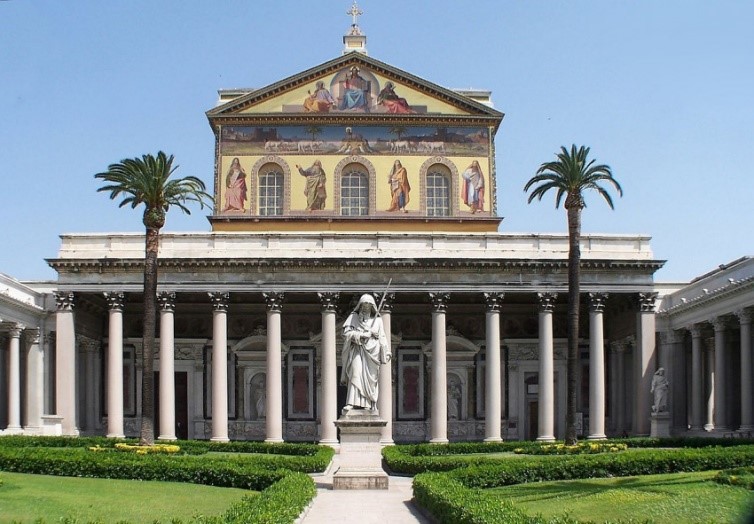
Source: wikipedia
St. Paul's Basilica, whose full name is outside the walls, is the main church in Rome built over the tomb of the apostle. Pál's grave already in II. century, it was revered next to the road leading to Ostia. Above the cell of the earliest marble tomb, Emperor Constantine the Great erected a smaller basilica, which was consecrated by Pope Sylvester I on November 18, 324. Later, due to the crowd of pilgrims, this temple was expanded by imperial decree.
Saint Paul had Roman citizenship through his parents, which provided him with special advantages: a Roman citizen could not be imprisoned, scourged or crucified without a court trial, so his Roman citizenship saved the apostle Paul several times. Converted to Christianity, Paul fulfilled his apostolic mission among the pagans
According to tradition, he was executed in 67, beheaded near the third milestone on the road from Rome to Ostia. According to an old legend, at the place where his head fell to the ground, three springs sprang up.
The memorial day of their martyrdom also marks the beginning of the harvest.
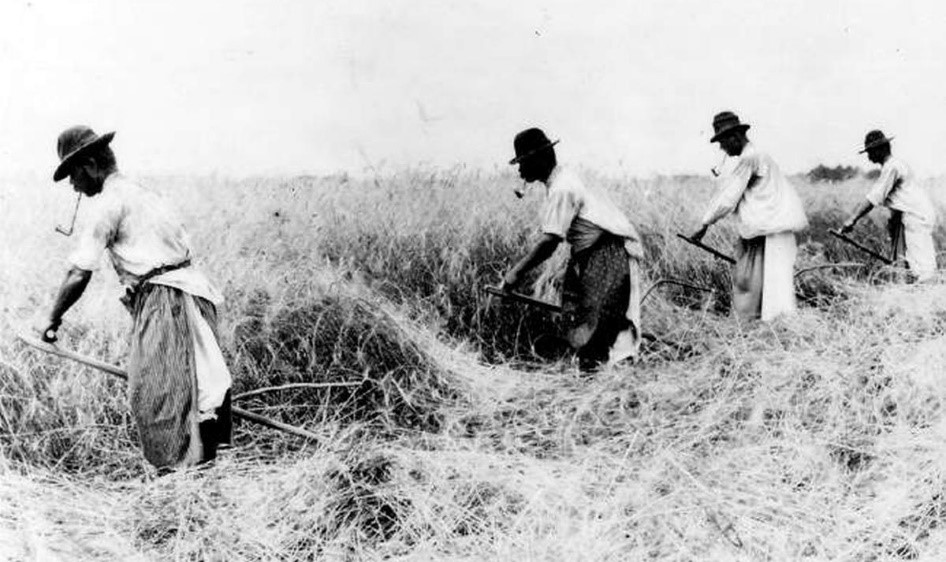
Source: kaposvarmost.hu
According to the Hungarian calendar, Peter and Paul's day is one of the most common dates for the beginning of the harvest. In Hungarian-speaking countries, it was generally believed that on this day the stem of wheat splits, which indicates that the harvest can begin.
The harvesting work was started symbolically and was considered a holiday.
Farmers hired harvesters and day laborers on this day. If the grain was not yet ripe for harvesting, a few sweeps of the scythe were made, symbolically marking the beginning of the harvest. However, the cultic traditions of the start of work are more often associated with Our Lady of Sarlós (July 2) in folk tradition. In addition, at the mass presented on the feast of Peter and Paul - which was also called the mass of the reapers - blessings were asked for the harvest in several places, and the harvesting tools were also blessed.
Source: Catholic Lexicon, Netfolk


